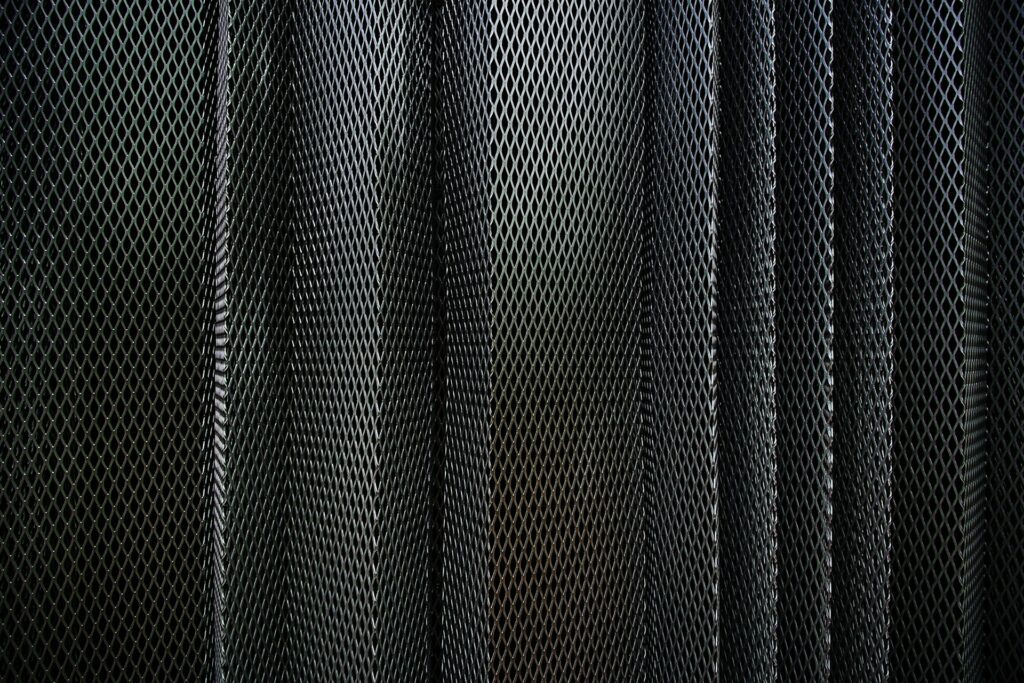Researchers at the University of Virginia have developed a new 3D-printable polymer that combines stretchability, printability, and compatibility with biological systems. The work, led by Associate Professor Liheng Cai from the Department of Materials Science and Engineering and Chemical Engineering, explores how modifying polyethylene glycol (PEG) can produce stronger and more flexible material networks for biomedical and energy applications.
Huang, B., Kim, M., Zhang, P., Oduro, E., Rau, D. A., & Cai, L. (2025). Additive Manufacturing of Molecular Architecture Encoded Stretchable Polyethylene Glycol Hydrogels and Elastomers. Advanced Materials. https://doi.org/10.1002/adma.202512806
PEG is already widely used in tissue engineering and drug delivery, but its current network structures are generally brittle. Traditional methods of making PEG networks rely on crosslinking linear polymer chains in water, followed by drying, which creates a crystallized material that cannot stretch without breaking. Cai’s group set out to change that limitation.
Their approach builds on earlier work from the Soft Biomatter Laboratory, where the team developed a family of synthetic polymers designed with “foldable bottlebrush” molecular architectures. These structures store excess molecular length in compact side-chain arrangements, allowing materials to elongate without losing structural integrity. This strategy is similar to how some elastomers gain their mechanical resilience.
Associate Professor Liheng Cai from University of Virginia stated,
“This property highlights the new material as a promising high-performance solid-state electrolyte for advanced battery technologies. Our team continues to explore potential extensions of the research in solid-state battery technologies.”
In the new study, Ph.D. researcher Baiqiang Huang applied the bottlebrush concept to PEG. By exposing a precursor mixture to ultraviolet light for only a few seconds, he was able to trigger the formation of a PEG-based bottlebrush network. The result was a set of hydrogels and solvent-free elastomers capable of being 3D-printed while also maintaining considerable stretchability.
One of the advantages of this method is its design flexibility. By adjusting the pattern of UV exposure, the researchers could print structures with different shapes and stiffness levels while retaining the same fundamental stretchable architecture. This level of control may be useful for building scaffolds that mimic tissues or organs, especially those that require movement or mechanical compliance.
The team also evaluated how biological cells behaved in contact with the new PEG structures. Early results suggest that the material is compatible with cell culture, an encouraging sign for applications involving implants or regenerative scaffolding.
Beyond biomedical use, the material shows promise for other fields. When compared to common solid-state polymer electrolytes, the new PEG-based networks demonstrated improved ionic conductivity and much higher stretchability at room temperature. These properties make the material a potential candidate for future battery systems that require safer, solid-state components.
The researchers note that future studies may involve combining PEG with other chemistries to broaden the material’s functional range. This could lead to new formulations tailored for energy storage, soft robotics, or controlled drug delivery.

Adrian graduated with a Masters Degree (1st Class Honours) in Chemical Engineering from Chester University along with Harris. His master’s research aimed to develop a standardadised clean water oxygenation transfer procedure to test bubble diffusers that are currently used in the wastewater industry commercial market. He has also undergone placments in both US and China primarely focused within the R&D department and is an associate member of the Institute of Chemical Engineers (IChemE).



